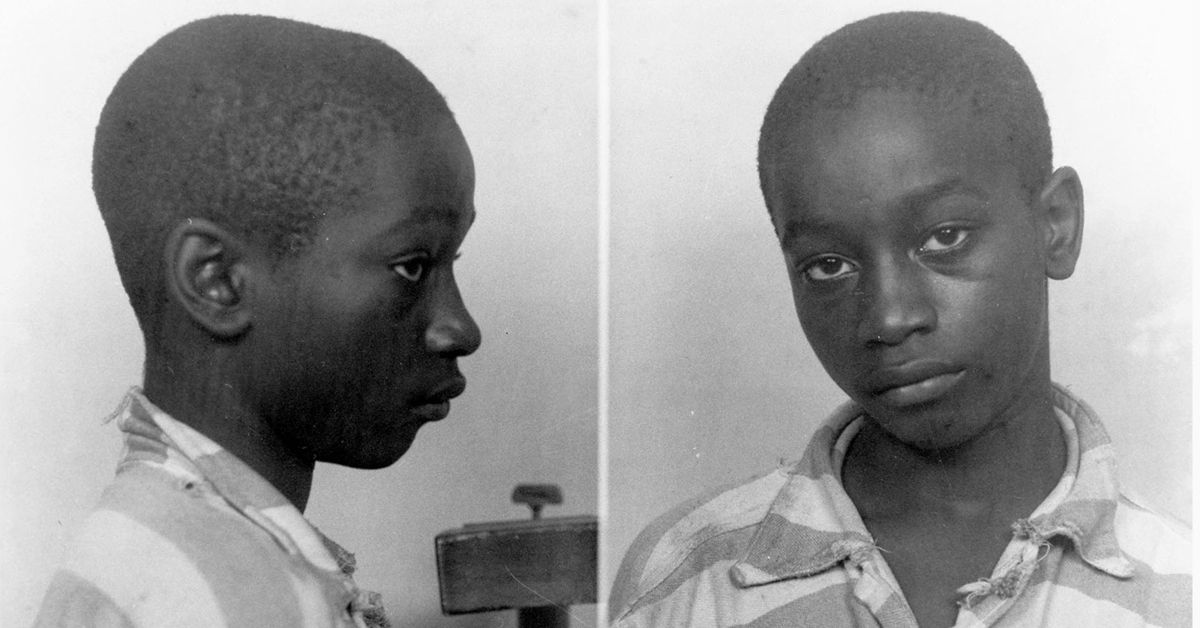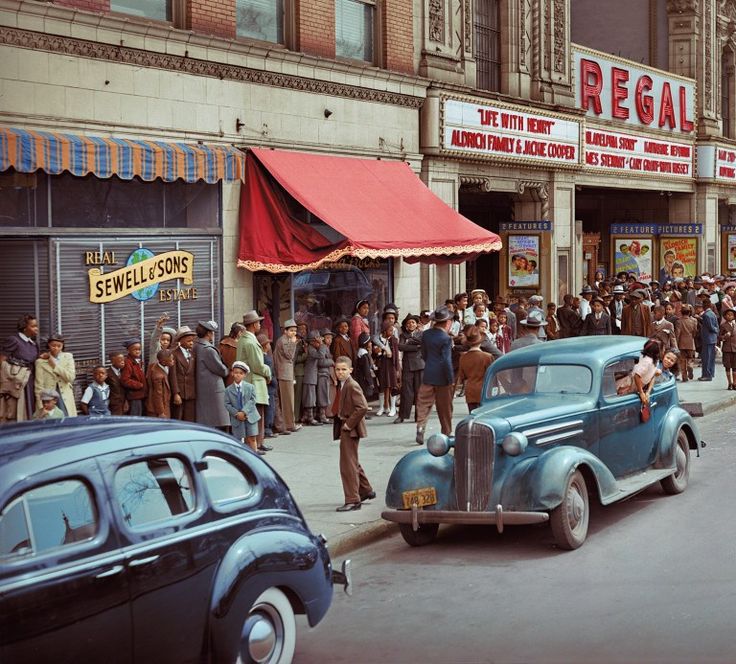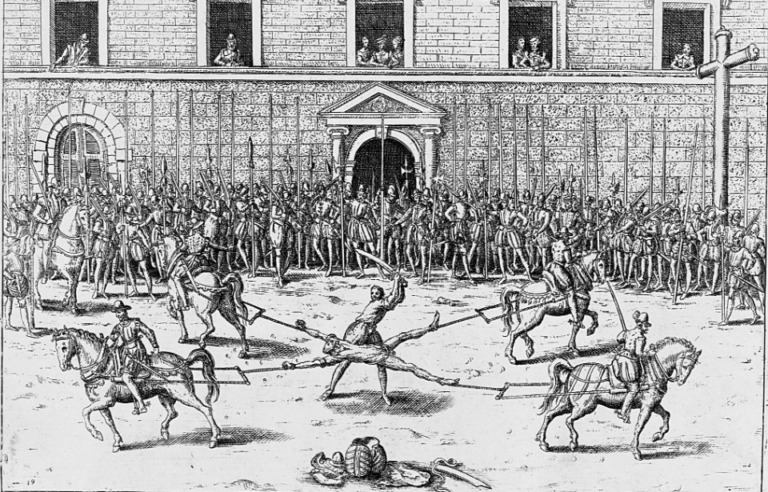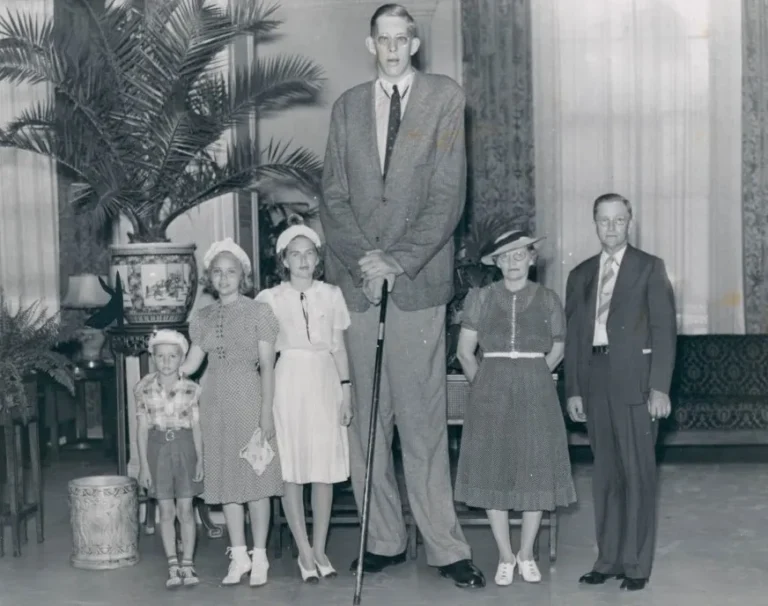The Tragic Case of George Stinney Jr.: A Story of Injustice
Discover the heartbreaking story of George Stinney Jr., the youngest person ever executed in the U.S. This article delves into his case, trial, and legacy.
The Crime and Arrest
George Stinney Jr. was just 14 years old when he was accused of a crime that would tragically define his life. On March 23, 1944, two young white girls, Betty June Binnicker and Mary Emma Thames, went missing in Alcolu, South Carolina. Their bodies were found in a shallow grave a few days later, leading to George’s arrest on March 24, 1944.
The circumstances surrounding Stinney’s arrest were highly suspicious. Reports suggest that Stinney, an African American, was coerced into confessing under duress. The confession was riddled with inconsistencies and lacked any corroborative evidence, yet it was deemed sufficient for his prosecution.
- Racial Tensions: The case occurred during a time of significant racial tension in the American South, which undoubtedly influenced the proceedings and public perception.
The Trial of George Stinney Jr.
The trial of George Stinney Jr. was a glaring example of the systemic failures within the American legal system. Held on April 24, 1944, the trial lasted less than three hours. The defense attorney, Charles Plowden, had limited experience and was not given sufficient time to prepare a robust defense. The trial was conducted with minimal regard for Stinney’s rights, and the jury deliberated for only ten minutes before returning a guilty verdict.
- Courtroom Atmosphere: The trial was characterized by a lack of due process and was conducted in a highly charged atmosphere, further complicated by the prevailing racial prejudices of the time.
The court’s failure to ensure a fair trial for Stinney Jr. highlights the broader issues of racial injustice that were prevalent in the South during this era.
The Execution of George Stinney Jr.
On June 16, 1944, George Stinney Jr. was executed in the electric chair at the age of 14, making him the youngest person to be executed in the United States in the 20th century. The execution took place in South Carolina’s Central Correctional Institution.
- Execution Details: Stinney was reportedly so small that the electric chair had to be modified to fit him. His execution was carried out with disturbing swiftness and efficiency, with little regard for the humanity of the young boy.
The execution of George Stinney Jr. remains a stark reminder of the failings of the judicial system and the brutal consequences of racial injustice.
The Legacy and Impact of the Case

The case of George Stinney Jr. has had a profound impact on discussions about juvenile justice and racial inequality. Over the decades, Stinney’s case has been cited in debates about the rights of minors in the criminal justice system and the need for reform.
- Influence on Juvenile Justice: Stinney’s tragic story has contributed to changes in the way juveniles are treated in the legal system, emphasizing the need for more humane and just treatment.
Efforts to address the injustices of Stinney’s case continue to influence legal reforms and public discourse on juvenile justice.
Reinvestigation and Posthumous Developments
In 2014, George Stinney Jr.’s case was reopened, leading to a formal exoneration. The new evidence highlighted the flaws in the original trial and confirmed the lack of a fair trial. On December 17, 2014, Judge Carmen Mullen vacated Stinney’s conviction, acknowledging that his trial had been grossly unjust.
- Posthumous Exoneration: The exoneration was a significant step in acknowledging and rectifying the injustices suffered by Stinney. However, it does not erase the deep scars left by his execution.
The reinvestigation underscores the continuing need for vigilance in ensuring justice and addressing past wrongs.
The Role of George Stinney Sr. in the Case
George Stinney Sr., George Jr.’s father, was a crucial but tragic figure in the case. Despite his efforts to support his son, he was ultimately powerless against the racial and legal forces aligned against them.
- Family’s Struggle: The Stinney family faced immense challenges in their attempts to fight for George Jr.’s innocence. Their plight reflects the broader struggles faced by African American families in the segregated South.
George Stinney Sr.’s role highlights the intersection of personal tragedy and systemic injustice.
The Broader Context of Juvenile Justice in America
The George Stinney Jr. case is part of a larger conversation about juvenile justice in the United States. Historically, juveniles in the American justice system have faced significant challenges, including inadequate legal representation and racial bias.
- Juvenile Justice Issues: The case serves as a poignant example of the flaws in the juvenile justice system and the need for ongoing reforms to ensure fair treatment for all minors.
Comparing Stinney’s case with other historical instances of juvenile injustice reveals both progress and ongoing challenges in the field.
Summary of Main Character’s Biography
| Aspect | Details |
|---|---|
| Name | George Stinney Jr. |
| Date of Birth | October 21, 1929 |
| Date of Execution | June 16, 1944 |
| Age at Execution | 14 years old |
| Location | Alcolu, South Carolina |
| Crime | Murder of Betty June Binnicker and Mary Emma Thames |
| Conviction | Guilty of murder |
| Execution Method | Electric chair |
| Posthumous Actions | Exonerated in 2014 |
This article provides a comprehensive look at George Stinney Jr.’s tragic story, offering insights into the case’s legal, social, and historical significance.
References
- History Defined: George Stinney Jr. https://www.historydefined.net
- Wikipedia: George Stinney Jr. https://en.wikipedia.org/wiki/George_Stinney_Jr.
- The New York Times: George Stinney Jr. Exoneration https://www.nytimes.com/2014/12/18/us/decades-later-judge-overturns-conviction-of-george-stinney-jr.html






